A Ruby-throated Hummingbird in our Toronto garden
Every spring and again in late summer, Bob and I are graced with the attentions of hummingbirds in our flower garden, and this past year was no different. This Ruby-throated Hummingbird (Archilochus colubris) was seen visiting our Butterfly Bush repeatedly over the course of several days.
The striking emerald green plumage on the hummingbird’s back and crown appears almost jewel-like when illuminated by the sun. It is only the male of the species that displays the ruby red throat.
Ruby-throated Hummingbirds are diminutive in size, measuring a mere 2.8-3.5 inches long. Their wingspan is little more than some butterflies that we have come across, measuring 3.1-4.3 inches, but they are remarkably powerful flyers.
Ruby-throated Hummingbirds show a preference for tubular flowers, red ones in particular, so I am thankful that the Butterfly Bushes on my property attract them, as well as different species of butterflies. These Monarch Butterflies…
and Giant Swallowtail Butterflies were all vying for the sweet nectar within the individual tubular flowers of the Buddleia plants. It helps, I’m sure, that the rich nectar emits an aroma like honey.
As we observed the tiny hummingbird, Bob and I noticed how adept it was at manoeuvering itself into position over the flower heads. Ruby-throated Hummingbirds are very agile and capable of not only flying straight ahead, but of hovering, flying backwards, coming to an abrupt stop, and flying upside down.
What gives the hummingbirds such agility is the fact that their wings are attached to the body only at the shoulder, allowing their wings a full rotation of 180 degrees. This, in combination with their long, blade-like wings, allows them to fly in elaborate acrobatic style unlike almost all other species of birds.
Did you know that the Ruby-throated Hummingbird beats its wings about 53 times per second? That is why they are often heard before they are seen; the wings whirr with the rapid motion. This constant, quick activity had the hummingbird zipping from one flower head to another before I could even press the shutter button on my camera.
This is not a quality photo, but if you look closely at the top of the frame, you can see the very short legs of the hummingbird as it grasps the leaf of the bush. Because Ruby-throated Hummingbirds have such short legs, they are not very adept at hopping or walking but rather shuffle along a perch. Still, the hummingbird can lift a foot up and over a wing to scratch its neck and head.
Again, not a very good photo, but at least it is possible to see the white-tipped tail feathers of this Ruby-throated Hummingbird. It can be identified as a female because of these white spots on the outer corners of the green and black tail. The male of the species has a completely black tail.
Ruby-throated Hummingbirds are the only hummingbird species to breed in eastern North America, but by early fall, they head south to their wintering grounds in Mexico and Central America. It is common to see them in our gardens in the late summer and early fall as they feed voraciously to build up their energy stores for the long flight that often includes crossing the Gulf of Mexico.
Ruby-throated Hummingbirds not only eat nectar using their long, extendable tongue, but they also ingest insects, either catching them on the fly, gleaning them from flowers or bark, or even plucking them from spiders’ webs. This varied diet helps them double their weight in preparation for the long migratory flight.
Bob and I always feel lucky to spot one or two hummingbirds in our garden. They are to be treasured. I have never provided a hummingbird feeder as I feel it is better for hummingbirds to come by their nourishment from natural sources. It would be worthwhile planting some flowers that sport red tubular blooms because these little birds are a delight to observe if even almost impossible to catch at a standstill.
Frame To Frame – Bob and Jean

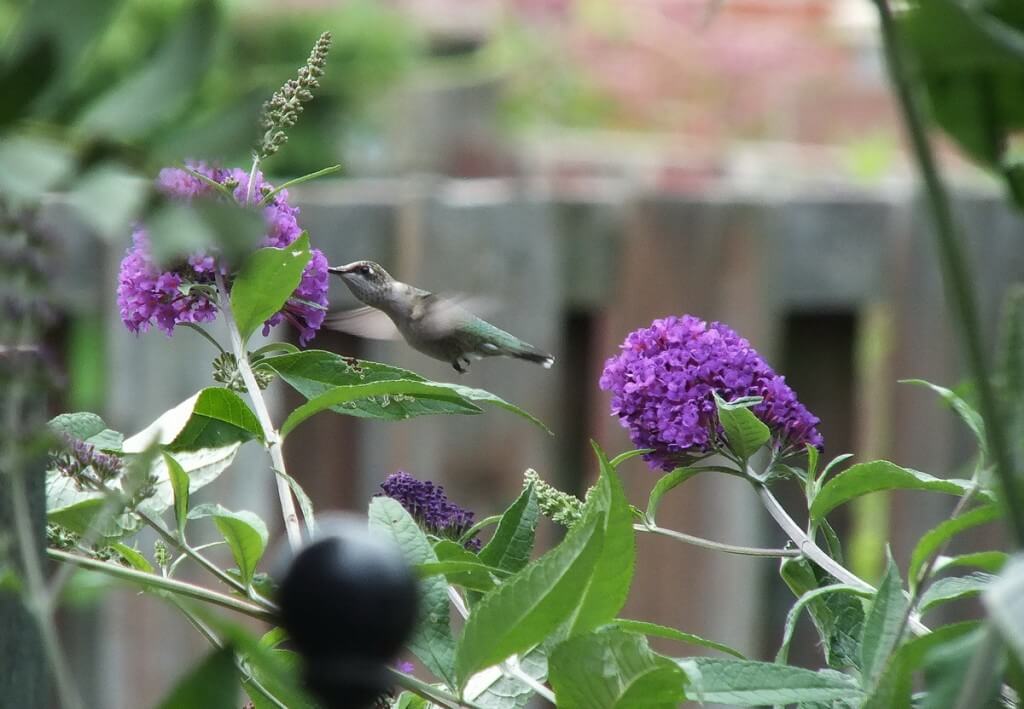
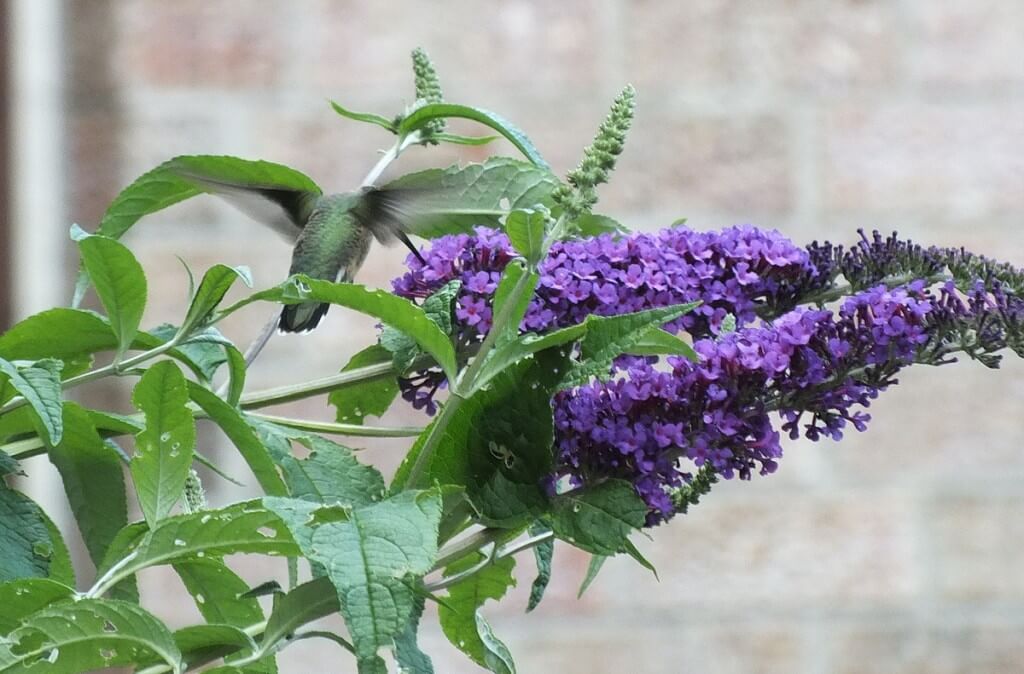
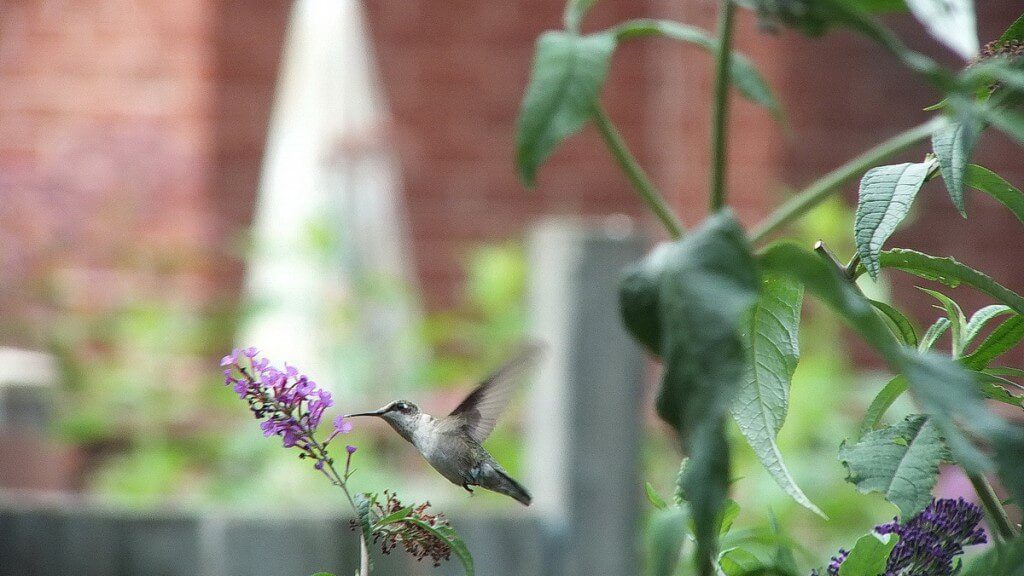
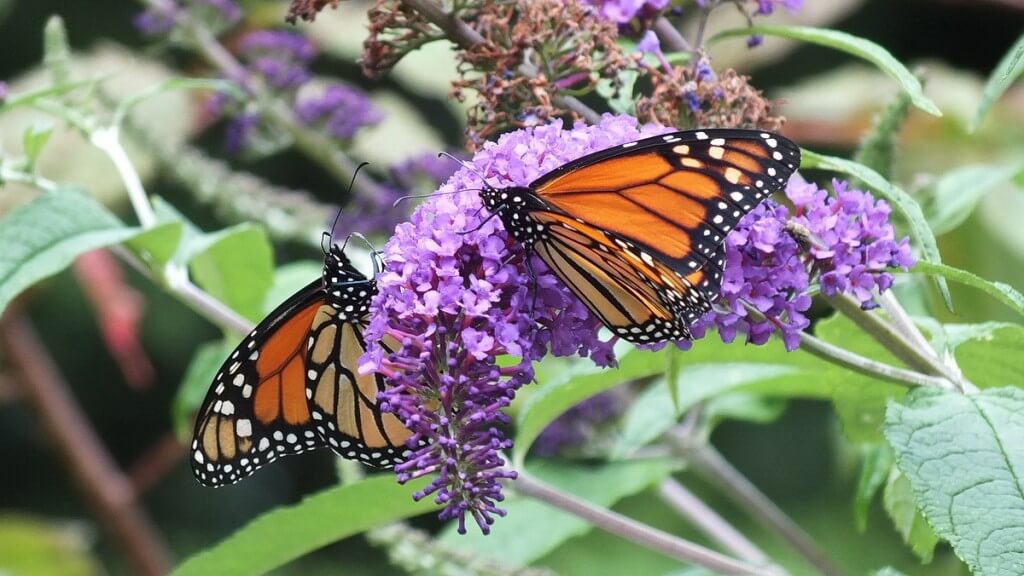
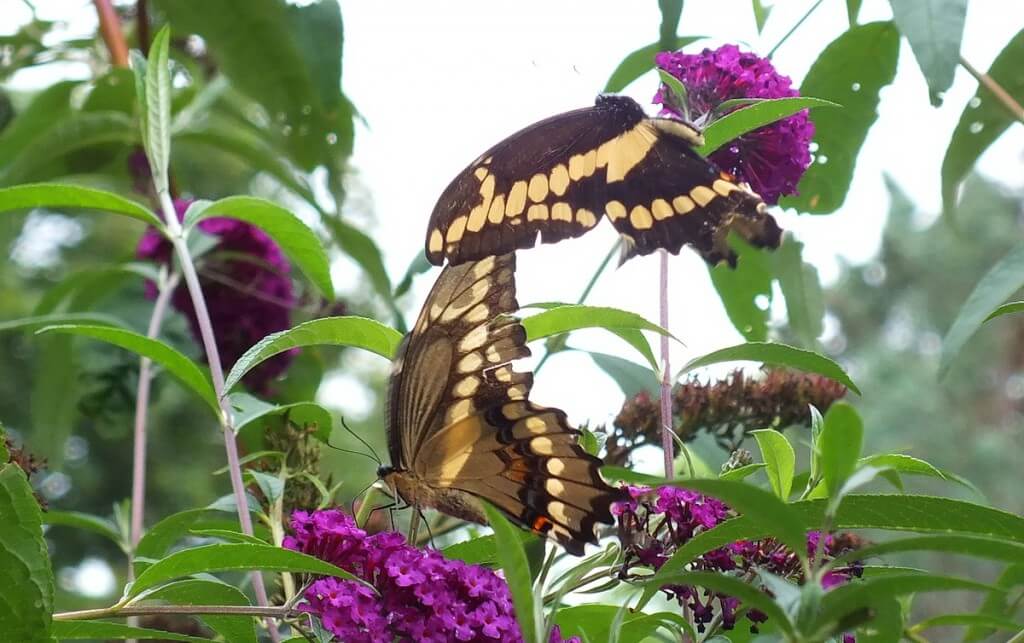
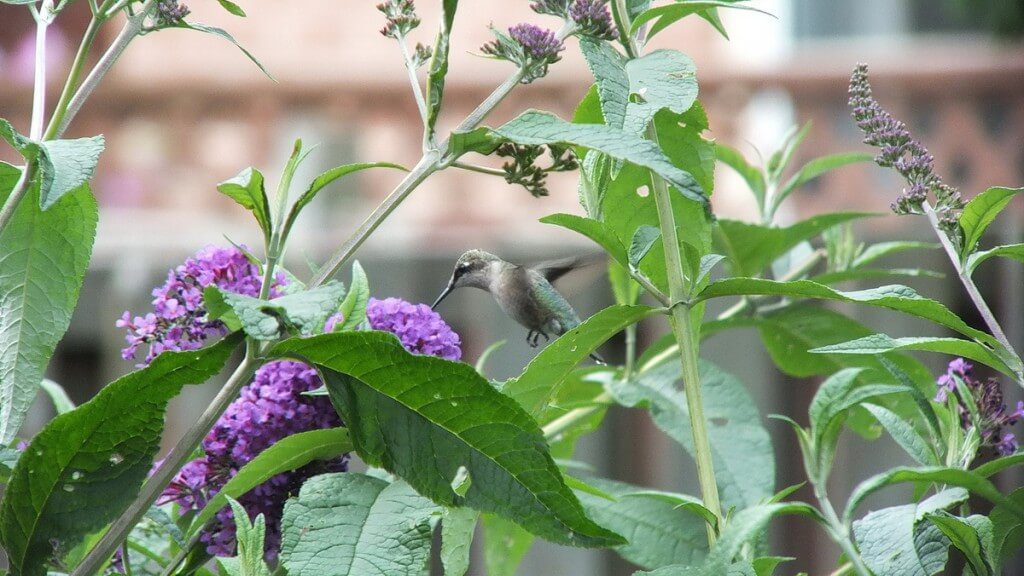
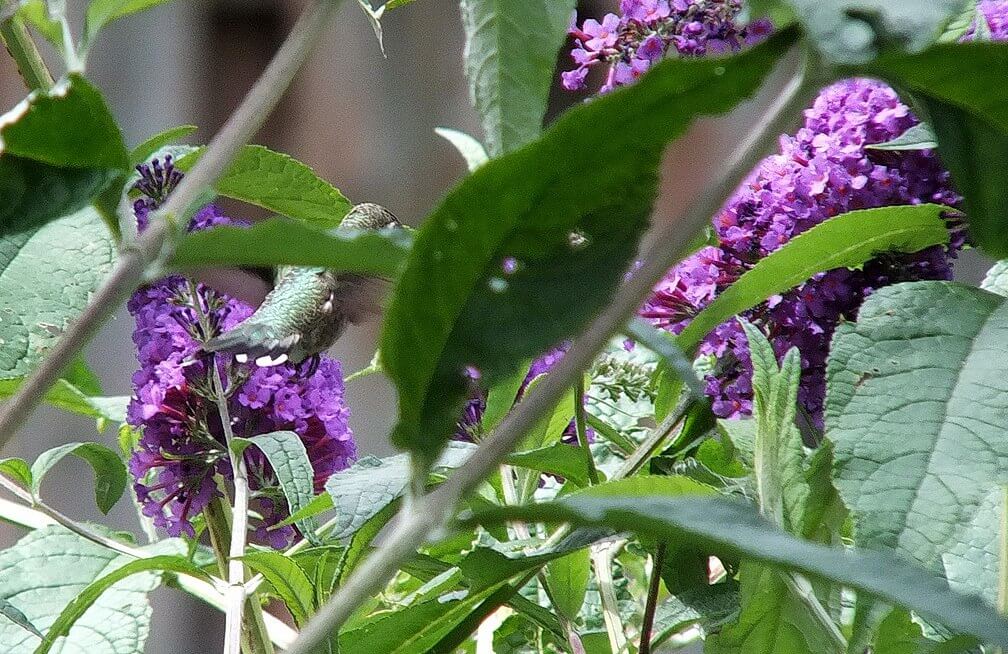
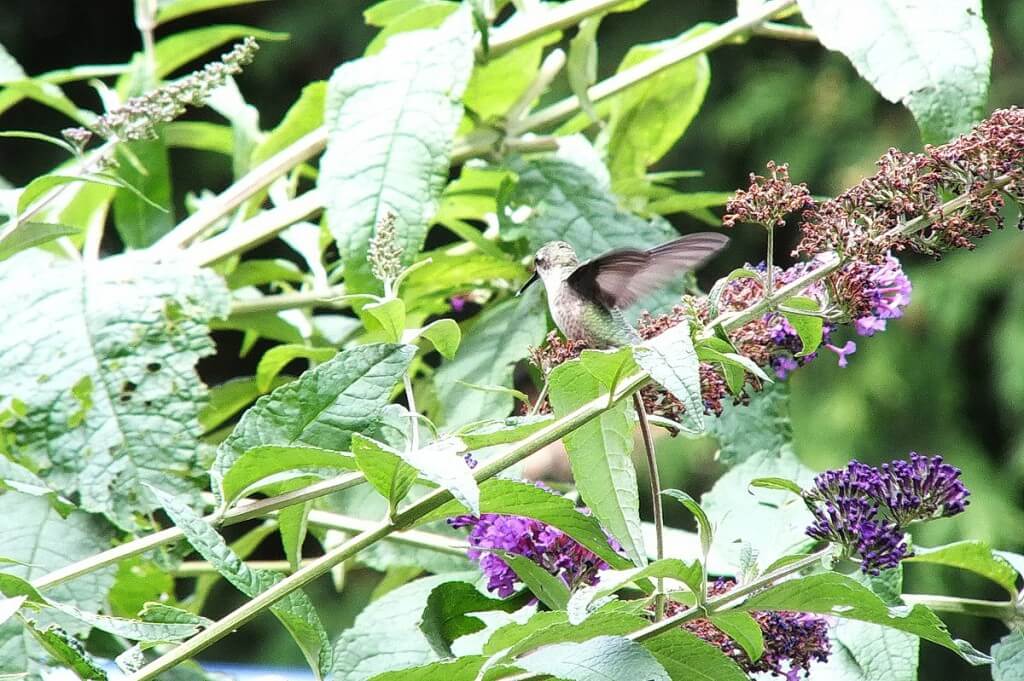
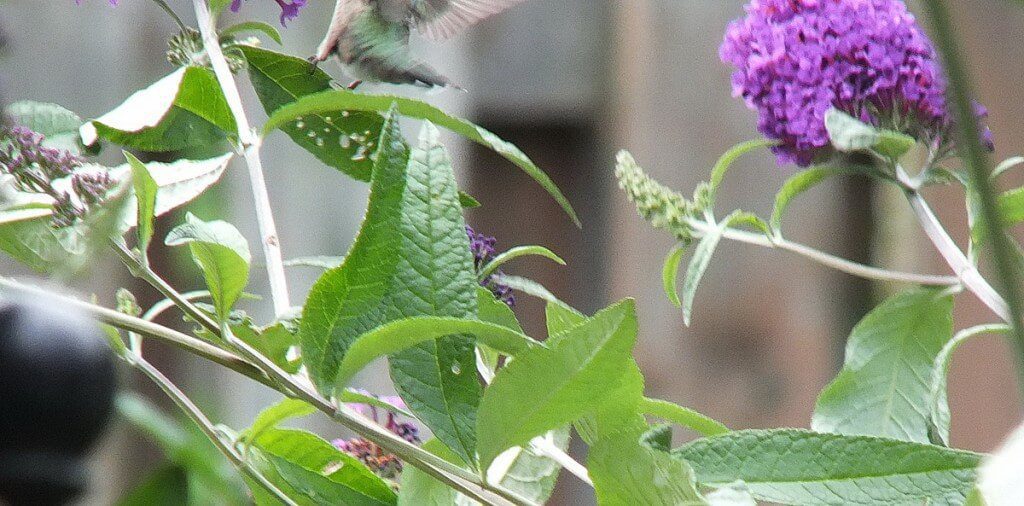
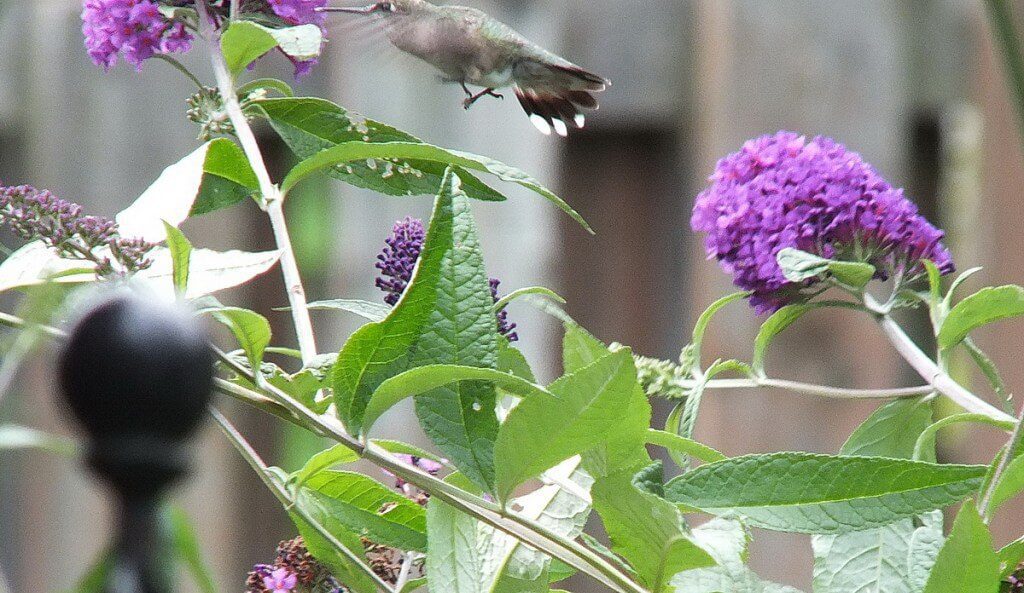
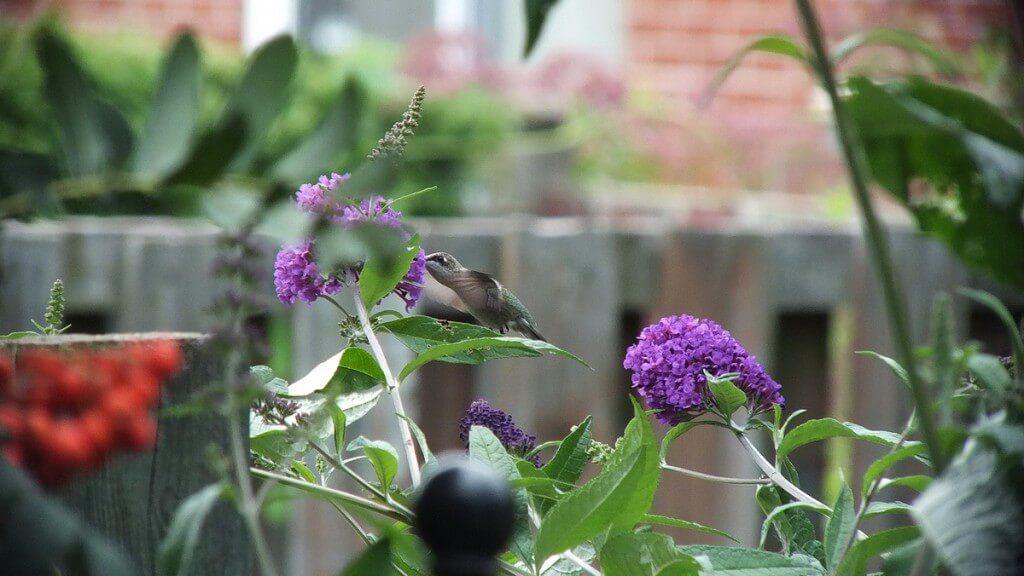
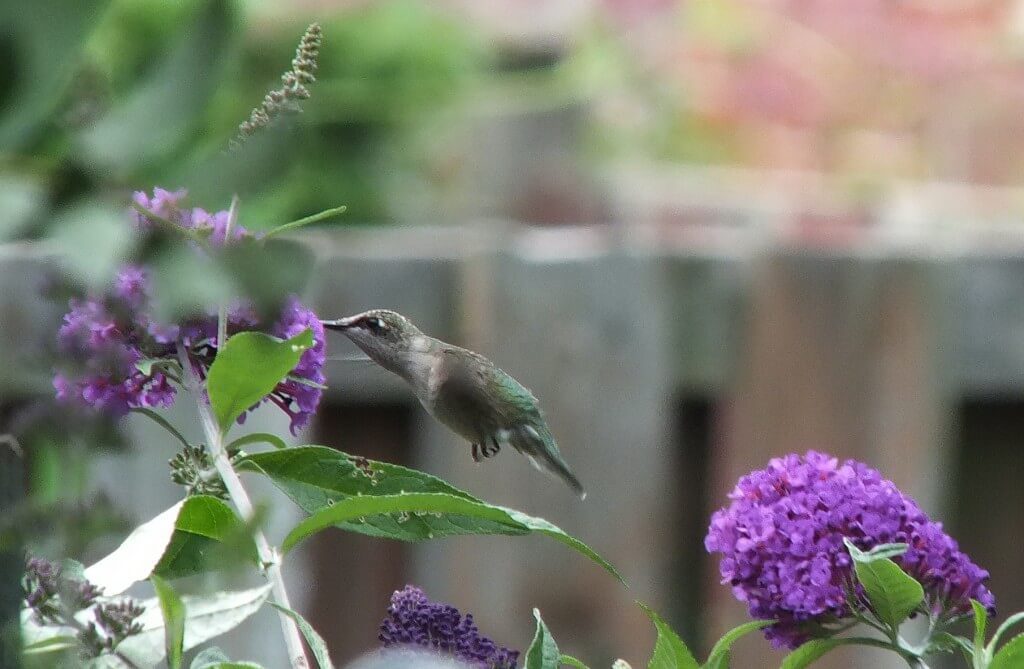
My btother suggested I might like this web site.
He was once totally right. Thiis submit truly made my day.
Yoou can not consider just how much tine I hhad spen for thbis information! Thank you!
Thanks to your brother for pointing you in our direction. I am glad you found the post of interest.
Okay, I have tried to catch shots of Hummingbirds with my Nikon SLR on a tripod and not been able to get such lovely shots as yours… may I ask , what lens are you using? …I am assuming you are using a tripod.
Thanks for the compliment. Actually, Bob snapped these photos without the use of a tripod. The visits by hummingbirds are so fleeting that he just grabbed the camera (which always seems at the ready on the dining room table), aimed and shot (using multiple exposures at a time). We shoot with a Fujifilm HS20 EXR that has a 30x zoom lens, which covers a 35mm equivalent focal range of 24-720mm. The pictures you see were shot with this lens. Good luck with your photography.